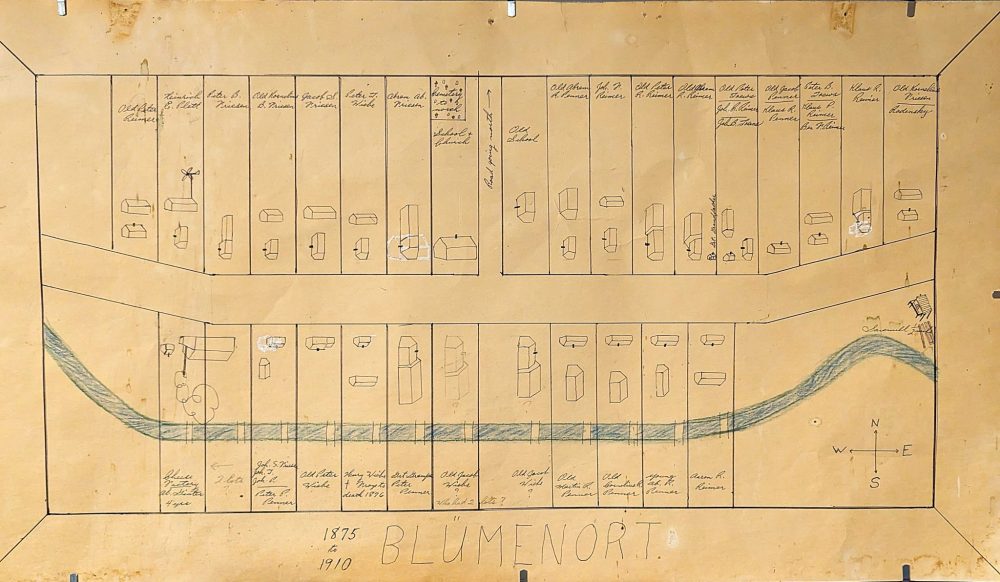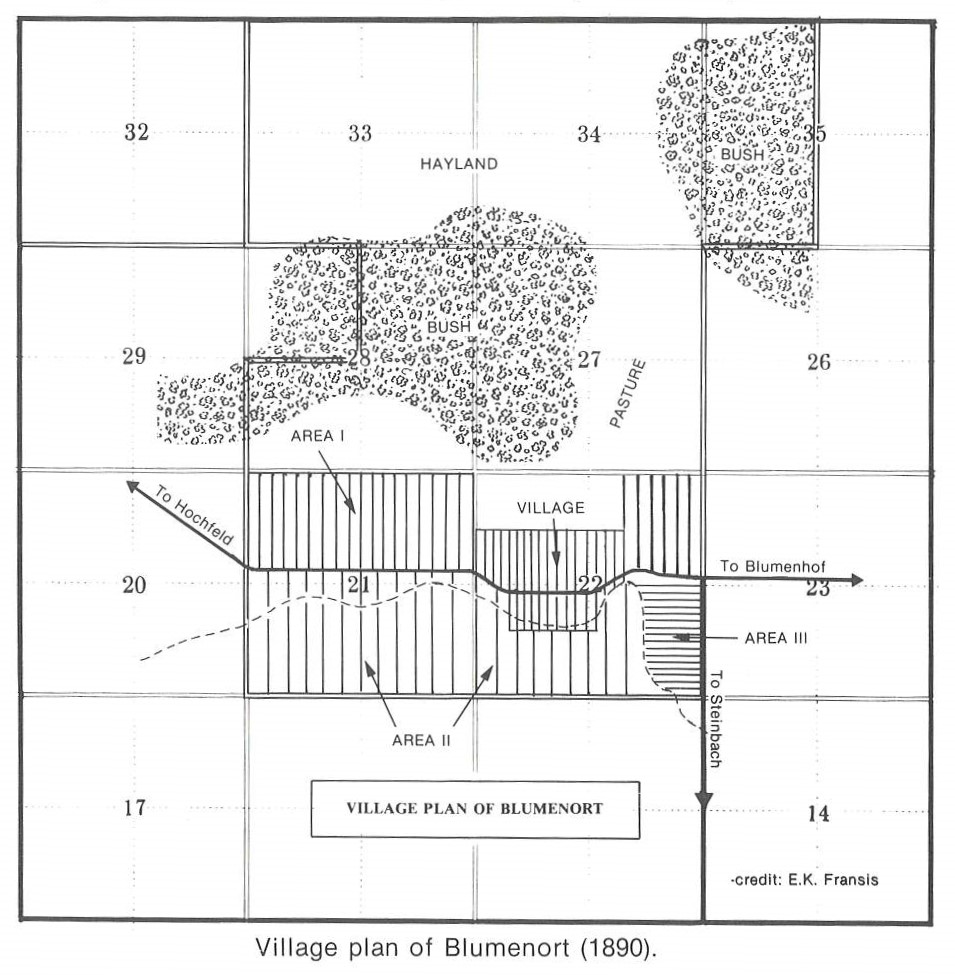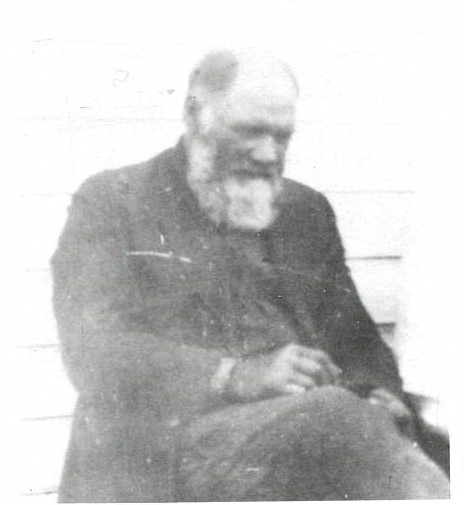COLUMN: Village News – East Reserve Villages in 1874: Blumenort
Advertisement
Hey there, time traveller!
This article was published 28/09/2024 (186 days ago), so information in it may no longer be current.
Having delved deeply into the history of the first Steinbach settler families over the course of the summer, and with a brief look at the village of Steinbach in the first year, it is time to give some attention to the wider East Reserve Mennonite communities founded in the first year of settlement. The Mennonite Heritage Village is a museum set out to preserve and tell the stories of Mennonite migrants to Manitoba from the areas of Imperial Russia in what is now Ukraine, and this includes both the East and West reserves. These settlers were members of the Kleine Gemeinde, Bergthaler and Old Colony Mennonite denominations.
Steinbach, set off to the far East of the East Reserve and the last community to be settled in 1874 was an unlikely place to become the center of Mennonite trade and commerce. It was the center point of a group of Kleine Gemeinde villages, however, Delbert Plett noted that the Bergthaler community at Chortitz would have become the trade center for the region due to the 3,400 Bergthaler families overwhelming the 800 Kleine Gemeinde in a 4:1 ratio. The Bergthaler exodus to the West Reserve between 1878-82 led to an economic vacuum that was filled by Steinbach entrepreneurs, leading to eventual dominance in the Southeast.
Staying with the Kleine Gemeinde communities and radiating outward from Steinbach, the closest community to the north is Blumenort. Connected closely with Steinbach and the Clearsprings Settlement to the south, Blumenort and its sister village of Blumenhof maintained familial and economic ties with their neighbors. By 1875, Blumenort had 24 families, making it larger than Steinbach, but it had declined to 18 families by 1878. The original village was located about one and a half miles south of the current town of Blumenort, along a creek called the Clearsprings North Coulee (roughly a mile north of Blind Creek). Unlike Steinbach’s single row of house lots, Blumenort’s wirtschaft were arranged on both sides of the village street from the outset. Like the modern town of Blumenort, the village street ran East to West, with the creek running through the properties on the south side of the community. Their pastureland extended to the north of the town around an area of bush and then opened into haylands to the north. After the Holdeman migration to Greenland in the 1890s, this led to conflict between the neighbouring communities, and an early map states, “Don’t forget the gate – that makes the villages pull apart.”

By 1910, the government was encouraging the break up of these Mennonite villages and increasingly pushing individual section ownership. The village was abandoned, and many families purchased property closer to the arable land around what is now Highway 311.
The first families of Blumenort had many connections to the Kleine Gemeinde families of Steinbach. One notable resident, Peter R. Reimer was a leading minister among the Kleine Gemeinde across the East Reserve and the schulz (mayor) from 1900 to 1905. Peter was also a brother to Klaas R. and Johann R. Reimer whose families settled in Steinbach, along with their sister Katharina who was married to A. S. Friesen and Elisabeth who was married to Peter Toews. Peter’s brother Abraham also settled in Blumenort, along with his sister Margaretha who had married Abraham Penner.
There are many other important actors in the initial stage of the Blumenort story, and for a detailed study of Blumenort, see: Royden Loewen, Blumenort: A Mennonite Community in Transition, Blumenort Mennonite Historical Society, 1983.
Upcoming events
Secret Treaty Book Launch, Postponed, mid-November, date TBD. Join the MHV in launching Jonathan Dyck and Elder Dave Scott’s book, The Secret Treaty: A Lost Story of Ojibwe and Mennonite Neighbours. Share stories of the West Reserve before Mennonite Settlement and first encounters between Ojibway and latecomers. How do we forge a different way of sharing this land? To purchase tickets, please visit www.mhv.ca or mennochurch.mb.ca.

Volunteer Appreciation, Oct. 2. We love to celebrate our volunteers, and we look forward to celebrating all those who contributed to the MHV this past year. Join us for an evening of stories and refreshments.
Ralph Friesen Book Launch, Oct. 7, 7 p.m. Come hear from author Ralph Friesen on the release of his new book Prosperity Ever – Depression Never: Steinbach in the 1930s. Published by the Manitoba Mennonite Historical Society this book examines stories of how Steinbach defied the odds and managed to grow through one of the most difficult decades in North American history.

